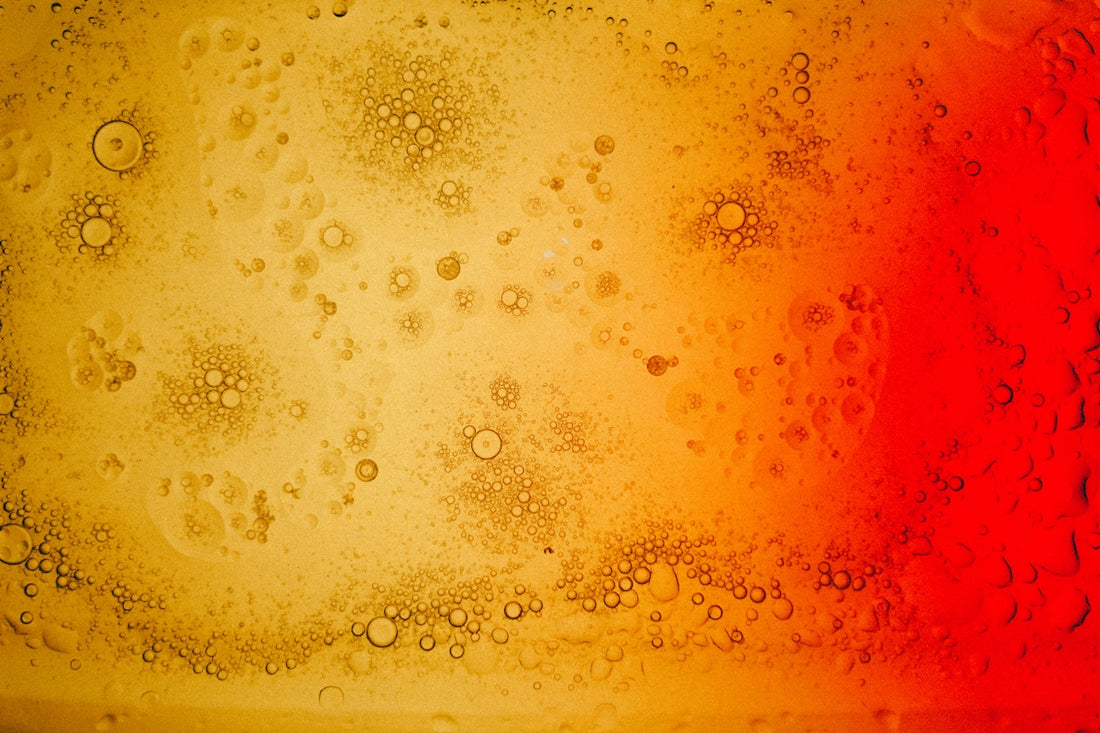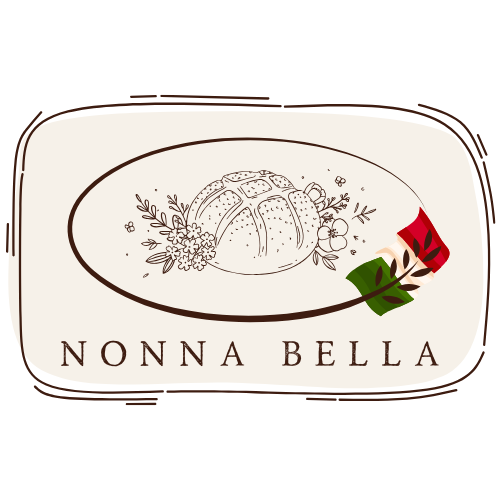
Mastering Sourdough Fermentation: Key Insights into Wild Yeast Magic
Sourdough bread has captured the hearts and tastes of food lovers worldwide, inspiring a passionate community of bakers devoted to mastering the art and science of wild yeast fermentation. This ancient bread-making process relies on the magic of naturally occurring microorganisms to transform simple ingredients into a delicious and complex loaf. In this comprehensive guide, we'll delve deep into the world of sourdough fermentation, unraveling the secrets of how to create your own homemade sourdough, maintain a vibrant sourdough starter, and troubleshoot common baking challenges. Whether you're new to sourdough or refining your skills, these insights will enhance your artisan bread baking journey.
Understanding Sourdough Fermentation
At the heart of sourdough baking is the sourdough starter, a living culture of wild yeast and lactic acid bacteria. This natural fermenting agent leavens the bread and enhances its flavor, texture, and nutritional profile. Unlike conventional yeast, which is a single species of fungus, sourdough starter contains a complex ecosystem that continually evolves and adapts.
The Role of Wild Yeast
Wild yeast, present in the air and flour, is collected over time when creating a sourdough starter. This yeast works in harmony with the starter's bacterial populations to ferment sugars in the flour, producing carbon dioxide that makes the dough rise. The process is slower than with commercial yeast, allowing for a more complex flavor development.
Benefits for Diabetics
Sourdough fermentation can lower the bread's glycemic index, making it a favorable option for those managing blood sugar levels. The slow fermentation allows for more complete breakdown of starches, leading to a lesser impact on blood sugar compared to commercial yeast bread, making sourdough a potential supplier for those seeking blood sugar control.
Creating and Maintaining Your Sourdough Starter
Making a sourdough starter from scratch is a rewarding process, requiring only flour, water, and patience. Here are essential sourdough starter creation, feeding, and maintenance tips:
How to Feed Sourdough Starter
To maintain a healthy starter, it needs regular feeding. Mix equal parts water and flour with your starter culture daily to invigorate the yeast and bacteria. Adjust the consistency to resemble thick pancake batter.
Sourdough Starter Feeding Schedule
A typical feeding schedule involves feeding the starter every 12 hours at room temperature. However, if baking infrequently, store your starter in the refrigerator and feed weekly to keep it alive. Learn more about how to feed your sourdough starter here.
How to Store Sourdough Starter
For long-term storage, dehydrate your starter or store it in the refrigerator. Dehydrating a portion allows you to revive it later; similar to using a heritage cultures like the Nonna Bella Dehydrated Sourdough Starter – 10g Tuscan Heritage Culture Since the 1800s.
Sourdough Bread Baking: From Mix to Oven
Baking sourdough bread is a series of steps that build upon one another, from mixing ingredients to the final bake. Each stage is crucial for developing the bread's flavor and structure.
How to Bake Sourdough Bread
- Mix and Autolyse: Combine flour and water first, allowing the mixture to rest (autolyse) to improve gluten development.
- Knead and Bulk Ferment: Incorporate your sourdough starter and salt, then knead until smooth. Allow the dough to rest and ferment, usually for 4-6 hours, depending on temperature.
- Shape the Dough: Degas gently, then shape the dough. Mastering how to shape sourdough bread can impact its final appearance and texture.
- Final Proof: Proof the shaped dough in a cool environment to enhance flavor. Use tools like bannetons for uniform shapes.
- Bake with Steam: Preheat your oven and include steam for a crisp crust. Use a bread lame tool like the Wooden Handle Bread With 5 Blades Lame Dough Scoring Knife for precise scoring, allowing for controlled expansion.
Best Sourdough Scoring Techniques
Scoring helps control the bread's expansion during baking. Start with simple cuts, and gradually try more elaborate designs. Slice at a shallow angle for an artistic opening. For those looking to elevate their craft, tools designed specifically for scoring can make a notable difference in achieving clean, decorative cuts.
Sourdough Troubleshooting Tips
Every baker faces challenges. Here are common issues and their solutions:
Sourdough Starter Troubleshooting
- Inactive Starter: If your starter is sluggish, increase the frequency of feedings and ensure it's stored at a comfortable temperature.
- Off Texture: Adjust the hydration levels or flour type to achieve desired consistency.
Sourdough Bread Troubleshooting
- Dense Loaves: May result from insufficient fermentation or a weak starter. Ensure ample rise before baking.
- Unsatisfactory Crust or Crumb: Adjust baking temperature or hydration to enhance the final product's quality.
Enhancing Your Sourdough Experience
Sourdough baking is a journey, marked by experimentation and discovery. Embrace the unique characteristics of each bake, and remember that practice cultivated My Sourdough Life as an enthusiast.
Artisan Bread Baking with Pizza Stone
For those expanding their sourdough repertoire, consider baking crispy sourdough pizzas using Nonna’s 12-inch cordierite stone, perfect for Italian baking.
Conclusion
Mastering sourdough fermentation requires patience, dedication, and a willingness to embrace the unexpected. Whether you're a novice or seasoned sourdough enthusiast, understanding the dynamics of wild yeast fermentation and applying practical sourdough baking tips will guide you toward consistently creating beautiful, flavorful loaves. Explore a variety of tools and resources available to enhance your baking journey at Italian Sourdough.
The adventure of sourdough invites you to nurture a living culture that reflects your environment and culinary creativity—because at the end of the day, sourdough is more than just bread; it's an artisan craft.
